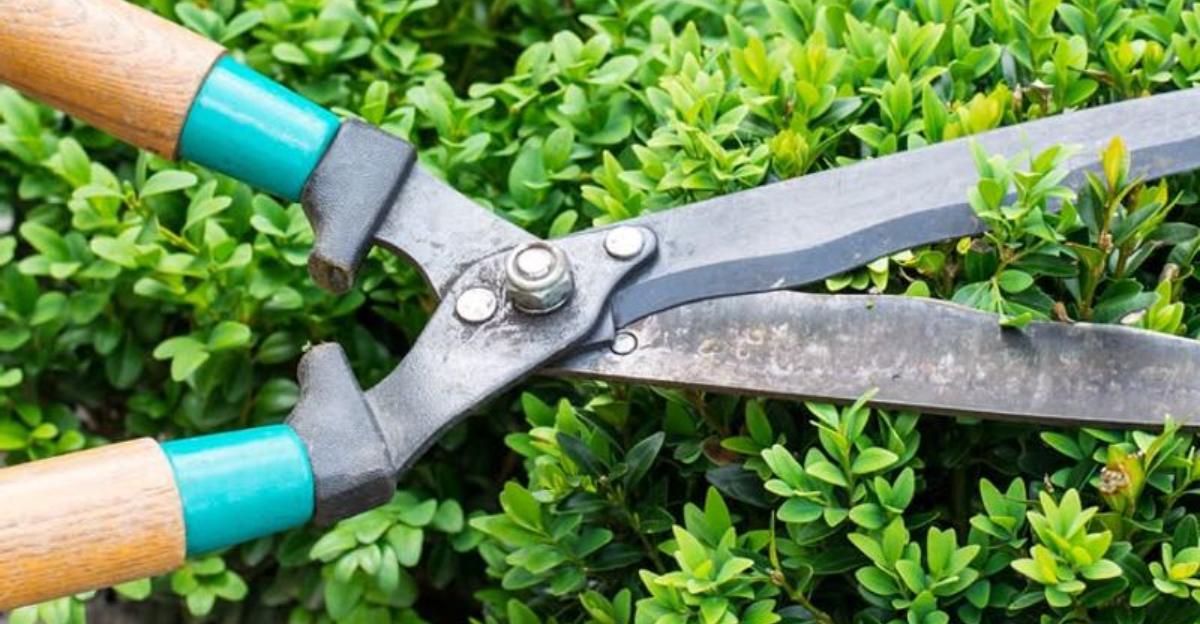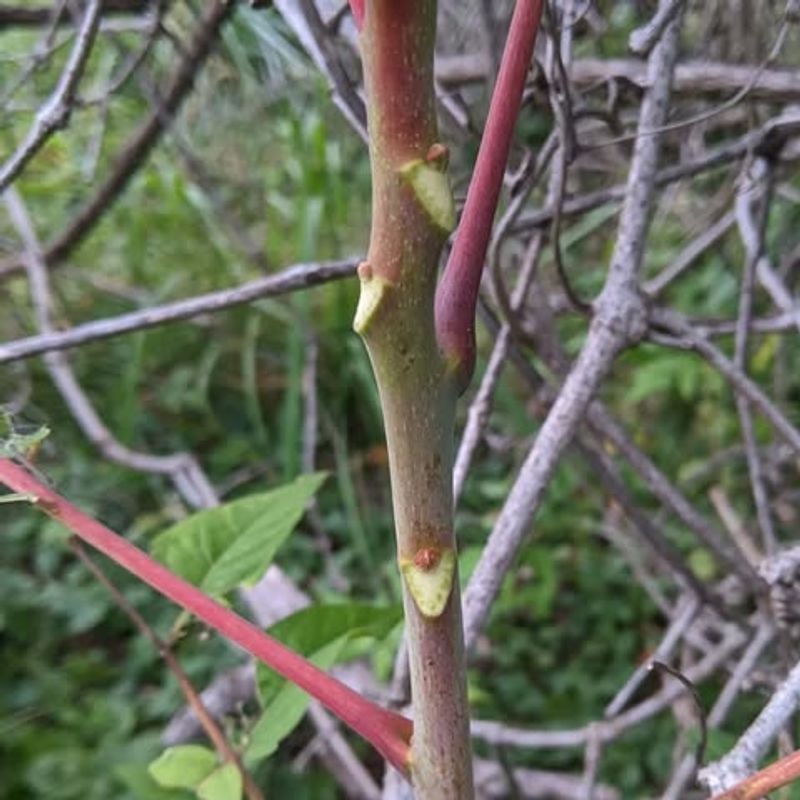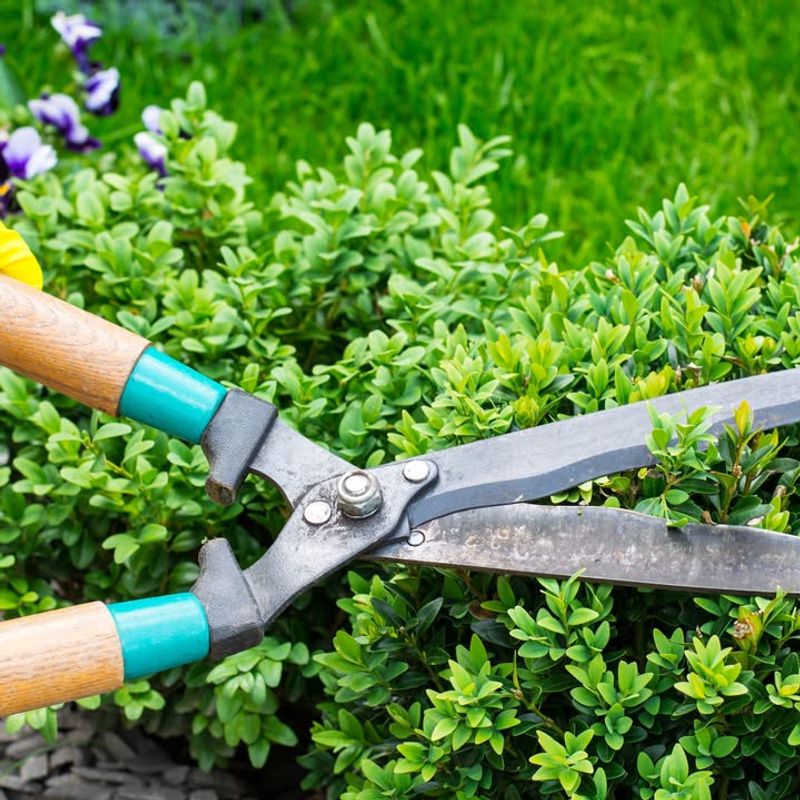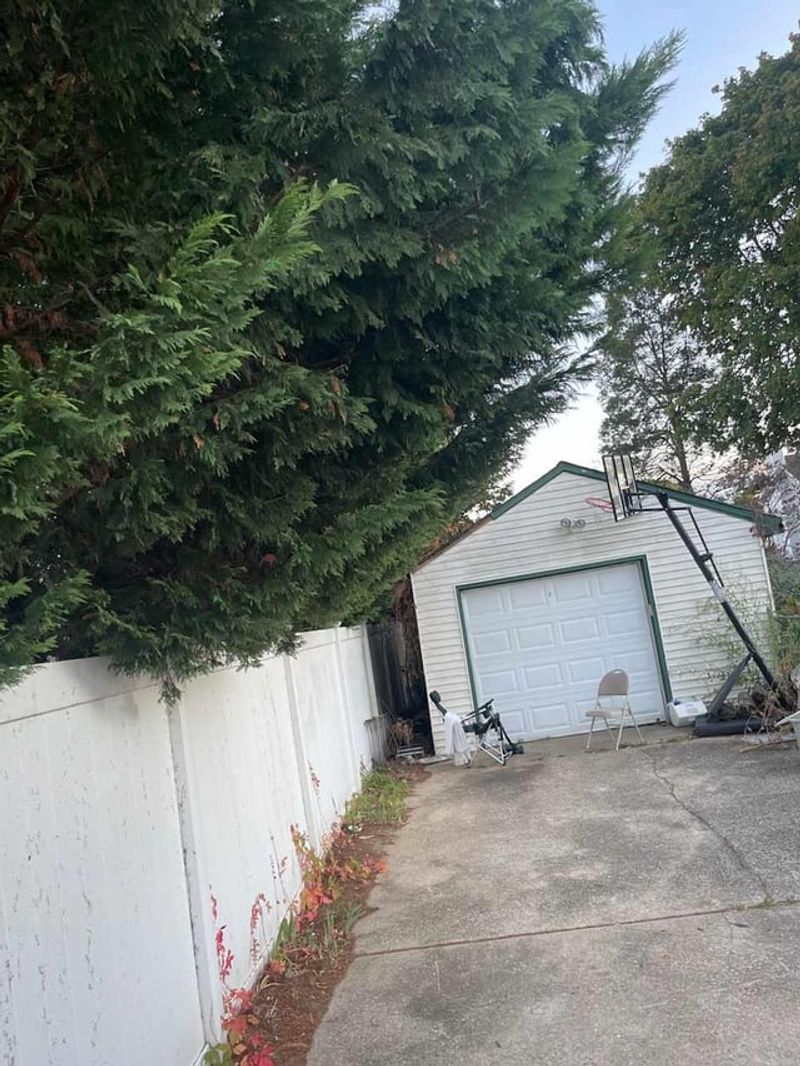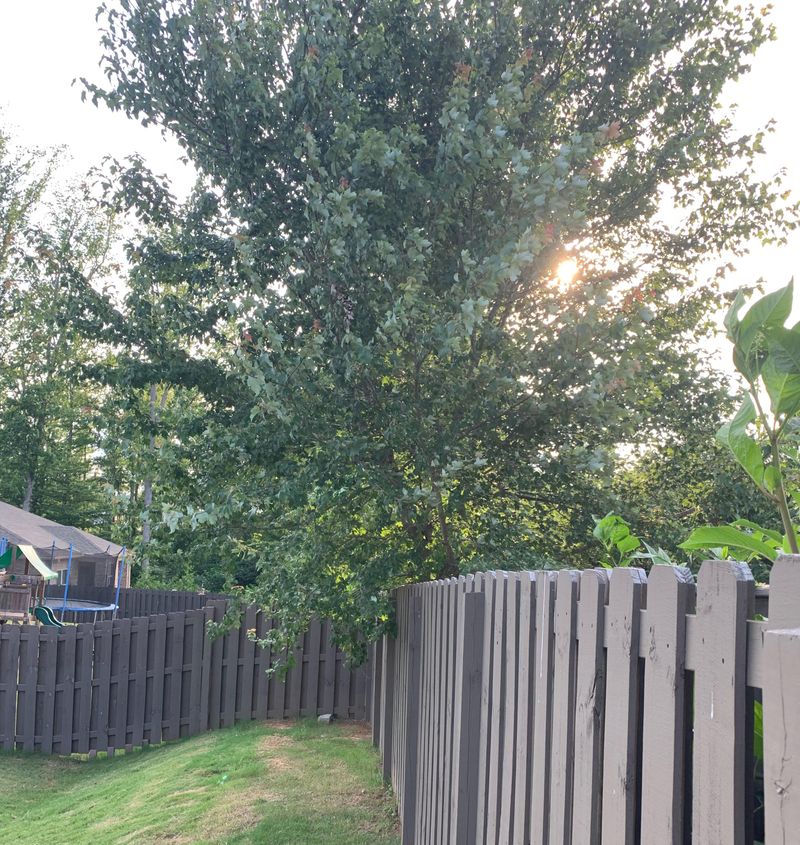When branches from your neighbor’s bushes creep over the fence line onto your yard, it can feel frustrating.
You might wonder if you have the right to trim them back yourself or if doing so could land you in legal trouble.
Understanding Texas property laws helps you handle this common situation without damaging relationships or breaking any rules.
Texas Law Allows Self-Help Pruning
Property owners in Texas have the legal right to prune branches or roots that extend onto their land from a neighbor’s shrub or tree.
This right is known as a “self-help” remedy, meaning you can take action without needing your neighbor’s permission first.
Texas law requires that all trimming be done from your side of the property line to avoid crossing the boundary illegally.
You must also avoid unnecessary damage so the neighbor’s plant remains healthy and intact after your pruning.
You Cannot Enter Your Neighbor’s Property
Crossing the boundary line to trim plants is considered trespassing, even if the branches hang over your yard.
Always perform pruning from your own property to avoid legal complications.
If you cannot reach the overgrowth from your side, you must request access or ask your neighbor to handle it instead.
You Must Return Cut Branches
Under Texas law, any trimmed portions still legally belong to the neighbor whose plant produced them.
Offering to return the cut branches shows courtesy and helps demonstrate that you acted in good faith.
Most neighbors will decline taking the trimmings back, but offering them helps prevent small disputes from becoming larger issues.
This simple gesture also keeps communication open and respectful between property owners.
You Cannot Destroy Or Harm The Plant
Although Texas law allows trimming, it does not permit actions that intentionally harm your neighbor’s shrubs or trees.
Aggressive cutting, improper techniques, or using damaging chemicals could make you financially liable for the plant’s loss.
If your pruning leads to the withering of the shrub, you may be responsible for repair or replacement costs.
Trimming conservatively and reasonably protects both the plant and your legal standing.
Communication Prevents Neighborhood Conflicts
Talking to your neighbor before you start cutting can save a lot of headaches.
Many people appreciate a heads-up and might even offer to trim the plants themselves.
A friendly conversation builds goodwill and often leads to better solutions than jumping straight to legal remedies that might sour relationships permanently.
Document Everything For Protection
Before you start trimming, take clear photos that show how far the branches extend onto your property.
Keep notes or screenshots of any conversations with your neighbor regarding the overgrowth and your plan to address it.
Having documentation protects you if a disagreement arises later by showing that you acted responsibly and within the law.
Proper records provide peace of mind and support your actions under Texas property guidelines.

